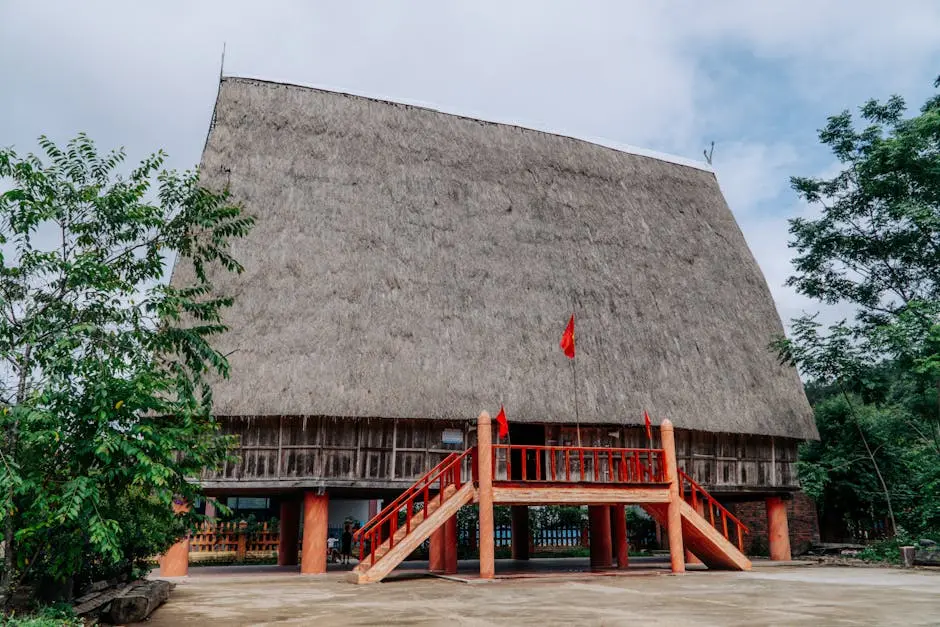What Is a USDA Loan and How Can It Benefit Me?
A USDA loan is a government-backed mortgage option specifically designed for rural development. This blog explores the features, advantages, and requirements of USDA loans, helping you understand how they can be a beneficial financing solution for your home purchase in North Carolina.
Understanding USDA Loans
A USDA loan, or United States Department of Agriculture loan, is a type of mortgage specifically designed to help low to moderate-income individuals purchase homes in rural areas. This program encourages rural development and promotes homeownership in less populated communities. By offering affordable financing options, it empowers families to realize their dream of owning a home.
One key aspect of USDA loans is that they offer 100% financing, meaning eligible buyers can purchase a home without needing to make a down payment. This feature is especially advantageous for those who may struggle to save for a traditional down payment, thereby eliminating one of the most significant barriers to homeownership.
Additionally, USDA loans come with competitive interest rates and lower mortgage insurance costs compared to conventional loans. This financial benefit translates into reduced monthly payments, making homeownership more accessible for many families. Such attractive terms make USDA loans an excellent choice for those ready to invest in rural properties.
Who Qualifies for a USDA Loan?
Qualifying for a USDA loan typically includes several criteria related to your income, location, and credit history. First and foremost, applicants must have a household income that does not exceed 115% of the median income for their area. This means that USDA loans cater to low and moderate-income households.
In addition to income limitations, the property must be located in a designated rural area. The USDA has specific maps that outline eligible regions, which can be explored through their website. This encourages homebuyers to look beyond urban settings, supporting communities that may otherwise struggle with economic growth.
Another qualification criterion is maintaining a reasonable credit score, typically a minimum of 640. However, even if your score is slightly lower, you can still qualify under certain circumstances. This flexibility shows that the USDA loan program aims to assist applicants with varying financial backgrounds.
Key Benefits of USDA Loans
One of the most significant benefits of a USDA loan is the absence of a down payment requirement. As mentioned earlier, this provision makes it easier for many potential homebuyers to take the leap into homeownership sooner than they might have otherwise thought possible.
Moreover, USDA loans feature lower interest rates, which translates directly into savings over the life of the loan. When you pay less in interest, more of your monthly payment goes toward paying down the principal. This can lead to significant savings and benefit long-term financial well-being.
Another highlight is the low mortgage insurance costs associated with USDA loans. Unlike FHA loans, which have higher insurance premiums, USDA loans offer a more affordable option for borrowers, resulting in lower monthly payments overall.
Lastly, USDA loans promote community stability by encouraging homeownership in rural areas. By granting access to financing for properties that might otherwise be difficult to sell, these loans contribute to the growth and sustainability of rural communities.
How to Apply for a USDA Loan
Applying for a USDA loan is a structured process that involves several straightforward steps. Start by contacting a lender who participates in the USDA loan program. They will guide you through the necessary documentation needed to verify your income, creditworthiness, and eligibility.
Once you have selected a lender, you will need to complete the loan application. This includes submitting financial information, tax returns, and any other relevant documents. Transparency is vital; providing accurate data ensures a smoother process and helps the lender determine your eligibility.
After your application is submitted, the lender will conduct an assessment. This may involve a home appraisal to verify property condition and value as it relates to the loan amount. During this step, the lender also assesses your ability to repay the loan based on your credit and income.
Once approved, the closing process begins. During this phase, you will review closing documents and finalize the loan agreement. After all conditions are satisfied, you will receive the funds to purchase your new home!
Common Misconceptions About USDA Loans
Many people mistakenly believe that USDA loans are only for farmers or those with agricultural ties. In reality, anyone looking to purchase a home in eligible rural areas can apply for a USDA loan, regardless of whether they have farming experience. The program is designed for a broad spectrum of homebuyers.
Another common myth is that USDA loans are complicated and have a lengthy approval process. While any loan process can require time and documentation, USDA loans are straightforward once you understand the requirements. With the right lender, the process can move along efficiently.
Lastly, some believe that USDA loans carry high interest rates or fees. On the contrary, these loans often feature competitive rates and lower fees compared to traditional mortgage options. This affordability is one of the top reasons many buyers consider applying for a USDA loan.
Final Thoughts on USDA Loans
In conclusion, a USDA loan presents an excellent opportunity for eligible homebuyers looking to own property in rural areas. With no down payment and favorable loan terms, it can significantly ease the financial burden of purchasing a home.













